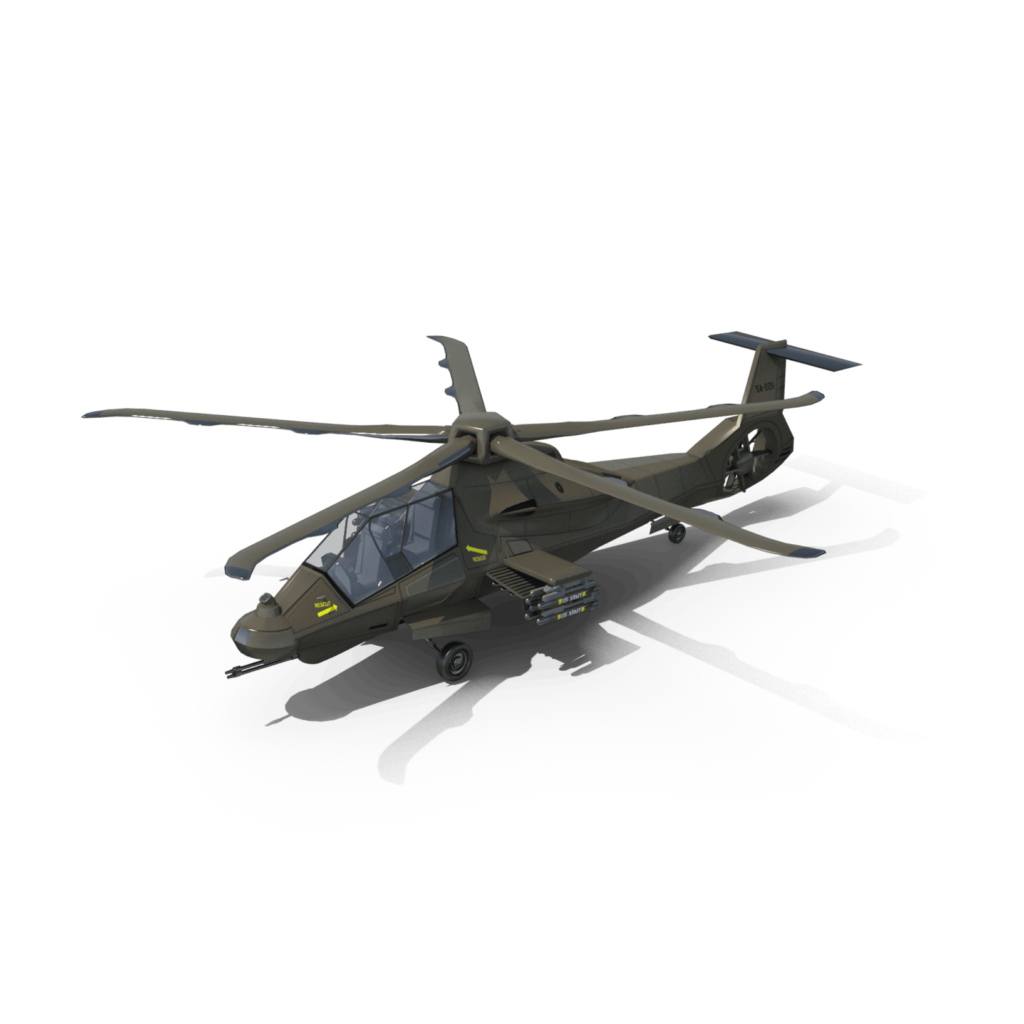
Russia’s PKM Is Only Really Scary Machine Gun. Let Us Explain Why.
Here’s What You Need To Remember: The PKM is sometimes described as “an AK flipped upside down and made in a different caliber,” which is not totally incorrect. Both weapons use the long-stroke gas piston operation, where gas is tapped from the barrel to drive a piston that actuates the action. On the AK, the gas tube that houses this piston is above the barrel. On the PKM, it is below the barrel.
Mikhail Kalashnikov is known for creating the AK rifle, but his contributions to Soviet firearms design didn’t end there. In 1961 he designed the PK machine gun, which was modernized into the PKM in 1969. Like the AK, this machine gun serves on to the current day. However, in many ways, it can be considered a better design than his rifle, despite it serving a different role.
The PKM is sometimes described as “an AK flipped upside down and made in a different caliber,” which is not totally incorrect. Both weapons use the long-stroke gas piston operation, where gas is tapped from the barrel to drive a piston that actuates the action. On the AK, the gas tube that houses this piston is above the barrel. On the PKM, it is below the barrel.
However, the PKM features a gas regulator to adjust the amount of gas being tapped off from the barrel to drive the action. Normally the regulator is placed on the “1” setting, with “2” and “3” providing more gas to cycle the action when conditions are rough. This allows it to have a gentler recoil impulse, unlike the AK which is slightly overgassed to be reliable in all conditions without adjustment.
While the reason for this design choice may be simplicity, presumably a machine gunner would have more time to train on their weapon than a rifleman, western rifles contemporary to the AK such as the FN FAL featured a gas regulator as well. We also see the move from a standard single overgassed setting to a gas regulator within the HK416 series, from the original HK416 to the HK416A5 and A7. This all suggests that a quickly adjustable gas regulator is the way to go to lower recoil on a firearm.
The safety design of the PKM is also far more ergonomic than the AK. The AK safety is often considered to be an inferior design as it requires the shooter to take their firing hand off the grip of the weapon to activate and deactivate it (though this can be partially remedied with extended surfaces). The PKM safety, on the other hand, is a well-positioned thumb safety, similar to those found on the M16 that can be easily flicked by the firing hand without shifting the grip much.
The PKM also shines in how lightweight it is. While the AK was lighter than the FN FAL and G3 rifles that came out around the same time it did, the American M16 was far lighter than the AK. On the other hand, the PKM is one of the lightest full-caliber machine guns in the world. It weighs 7.5 kg to the FN MAGs 11 kg. It’s even lighter than the recent FN Minimi 7.62 Mk3 and M60E6, which weight 8.8 kg and 9.3 kg respectively. Despite it being lightweight, the PKM is practically as effective as the heavier guns.
The PKM replaced the lighter RPK-74 as the standard squad automatic weapon of the Russian Army in the 2000s and has only received a few modifications to the design in almost fifty years. One of them is the evolution to the slightly heavier PKP which ditches the quick change barrels of the PKM for a heavier, forced-air-cooled fixed barrel. The tank version of the PKM, the PKT has armed every Russian tank from the T-62 to the latest T-14 Armata as well as countless IFVs and APCs.
PKMs still arm many western-aligned nations as well. Finland issues PKMs as the standard squad machine gun. Poland has created a 7.62x51mm NATO version of the PKM in the UKM-2000, which arms their infantry alongside the standard PKM.
While the AK is Kalashnikov’s most famous design, the PKM is definitely his best.
Charlie Gao studied Political and Computer Science at Grinnell College and is a frequent commentator on defense and national security issues. This first appeared last year.
Image: Wikipedia.


